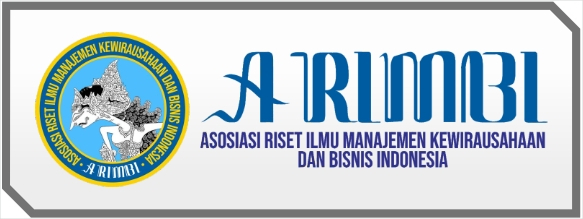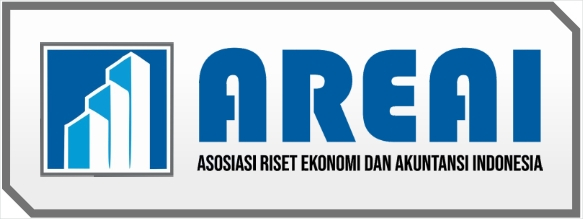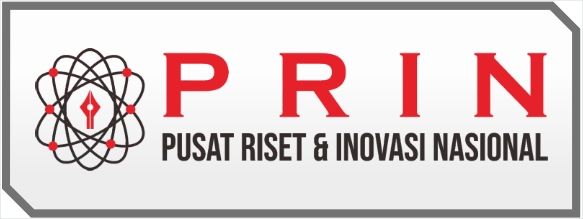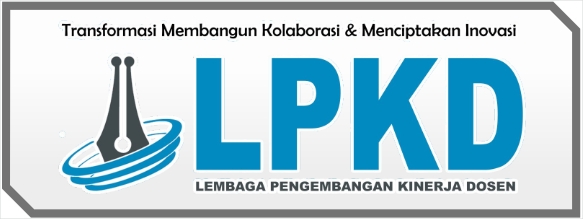Kinerja Struktur Modal Terhadap Perusahaan Sub Sektor Farmasi Yang Terdaftar Di Bursa Efek Indonesia
DOI:
https://doi.org/10.55606/mri.v1i1.645Keywords:
pharmaceutical sector, capital structure, DER, DAR, ROA, covid - 19Abstract
The pharmaceutical sub-sector company is one of the sectors that have benefited from the Covid-19 pandemic that occurred in early 2019 until now. Due to the Covid-19 pandemic, it has an impact on public health. This article aims to provide empirical evidence related to the capital structure with the object of this research being companies in the pharmaceutical sub-sector listed on the Indonesia Stock Exchange for the period 2019-2021. The data used are quantitative data obtained from the Indonesia Stock Exchange or Indonesia Stock Exchange. The secondary data used for this research is the company's financial statements on the Indonesia Stock Exchange. A higher DER means that the company's financial performance is not good because the more it uses debt which allows it to go bankrupt if the company is unable to pay its obligations. also increase the existing assets in the company. ROA states that the greater the ROA owned by a company, the bigger the company is.
References
Dewi, Inggi Rovita, Siti Ragil Handayani, and Nila Fira Firdausi Nuzula. 2012. “Pengaruh Struktur Modal Terhadap Nilai.” 17(1):1–11.
Heikal, Mohd, Muammar Khaddafi, and Ainatul Ummah. 2014. “Influence Analysis of Return on Assets ( ROA ), Return on Equity ( ROE ), Net Profit Margin ( NPM ), Debt To Equity Ratio ( DER ), and Current Ratio ( CR ), Against Corporate Profit Growth In Automotive In Indonesia Stock Exchange.” (December). doi: 10.6007/IJARBSS/v4-i12/1331.
Husna, Asmaul, and Ibnu Satria. 2019. “Effects of Return on Asset, Debt To Asset Ratio, Current Ratio, Firm Size, and Dividend Payout Ratio on Firm Value.” International Journal of Economics and Financial Issues 9(5):50–54. doi: 10.32479/ijefi.8595.
Mahardhika, Bhagas Pratyaksa, and Aisjah. 2012. “Pengujian Pecking Order Theory Dan Trade Off Theory Pada Struktur Modal Perusahaan (Studi Pada Perusahaan Consumer Goods Di Bursa Efek Indonesia).” Jurnal Ilmiah Mahasiswa FEB UB 2(2):1–11.
Nuryani, Yusni, and Denok Sunarsi. 2020. “The Effect of Debt to Equity Ratio and Current Ratio on Firm Value.” Journal of Accounting and Business Education 8(2):1–13.
Sholikhah, Amirotun. 1970. “Statistik Deskriptif Dalam Penelitian Kualitatif.” KOMUNIKA: Jurnal Dakwah Dan Komunikasi 10(2):342–62. doi: 10.24090/komunika.v10i2.953.
Sukoco, A. 2015. “PENGELOLAAN MODAL KERJA USAHA MIKRO UNTUK MEMPEROLEH PROFITABILITAS (Studi Pada UD. Warna Jaya Periode 2011-2013).” Jurnal Administrasi Bisnis S1 Universitas Brawijaya 22(1):85880.
Wikartika, Ira, and Zumrotul Fitriyah. 2018. “Pengujian Trade Off Theory Dan Pecking Order Theory Di Jakarta Islamic Index.” BISMA (Bisnis Dan Manajemen) 10(2):90. doi: 10.26740/bisma.v10n2.p90-101.
Yanti Dewi, Putu Sri Mae, and Dewa Gede Wirama. 2017. “Pecking Order Theory: Pengaruh Profitabilitas Dan Pertumbuhan Perusahaan Pada Keputusan Pendanaan Perusahaan.” E-Jurnal Akuntansi 18(3):2423–50.


















